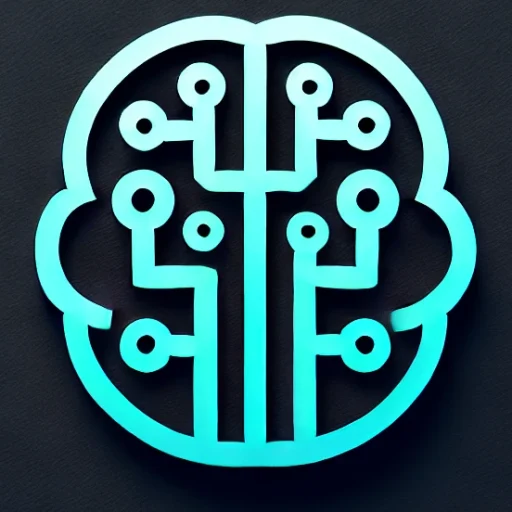
Introduction
In the rapidly evolving world of artificial intelligence, 2023 stands out as the year when Generative AI took center stage. As industries across the globe integrate this transformative technology, it’s clear that generative AI is reshaping everything from creative arts to sophisticated problem-solving. Today, we explore the significance of generative AI’s rise, its latest advancements, and its broader implications across various sectors.
Key Insights & Latest Advancements
Generative AI refers to algorithms like Generative Adversarial Networks (GANs) and Transformers that can create new content from scratch, be it text, image, or music. Recent breakthroughs have significantly enhanced the capabilities and applications of these models:
- Multimodal Capabilities: OpenAI’s GPT-4 and Google’s DeepMind have successfully developed models that understand and generate content across multiple mediums, merging text, audio, and visuals seamlessly.
- Improved Efficiency: Researchers have optimized model architectures, enabling faster processing times and reduced resource consumption, making these technologies accessible for smaller enterprises.
- Enhanced Creativity: AI-generated art is now indistinguishable from human-created works, with algorithms trained to mimic specific artistic styles or even invent new ones.
Real-World Applications
Generative AI is no longer confined to theoretical applications; it’s actively transforming industries:
- Creative Industries: Artists, musicians, and writers leverage AI to co-create, drawing inspiration and generating prototypes for projects.
- Healthcare: AI models are producing synthetic medical data for research, maintaining patient privacy while enabling robust clinical studies.
- Automotive and Manufacturing: Generative AI is utilized in design optimization, producing car models and components that are lighter, stronger, and adapted specifically to user needs.
Challenges & Future Outlook
Despite its vast potential, generative AI faces several hurdles:
- Ethical Concerns: As AI content becomes more lifelike, distinguishing between real and generated content poses ethical dilemmas, particularly concerning misinformation and privacy.
- Data Privacy: Training large models requires vast datasets, often raising concerns about data ownership and user consent.
- Regulatory Frameworks: Establishing comprehensive guidelines that balance innovation and ethical use is essential for sustainable AI development.
Looking ahead, generative AI’s trajectory suggests even broader applications. Advances in interpretability and explainability could allow more intricate and specialized applications, making AI a ubiquitous tool in solving complex, real-world problems.
Conclusion
The rise of generative AI in 2023 marks a pivotal moment for technology. With its expanding capabilities and applications, it is poised to revolutionize industries by enhancing creativity, efficiency, and innovation. However, addressing ethical challenges and establishing robust regulatory frameworks remain critical. As we harness the power of generative AI, it is crucial to guide its development responsibly to ensure it benefits society at large.
Key Takeaways:
- Generative AI is a groundbreaking technology reshaping industries through enhanced creativity and efficiency.
- New advancements in multimodal AI and optimization are making these technologies more accessible and powerful.
- Addressing ethical concerns and developing regulatory guidelines are vital for sustainable growth in this field.

